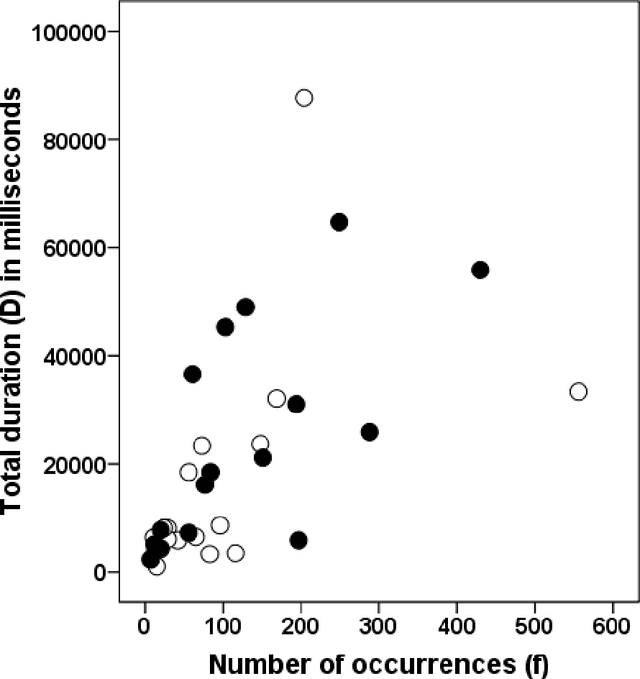Minna J. Hsu
The law of brevity in macaque vocal communication is not an artifact of analyzing mean call durations
Sep 29, 2012
Abstract:Words follow the law of brevity, i.e. more frequent words tend to be shorter. From a statistical point of view, this qualitative definition of the law states that word length and word frequency are negatively correlated. Here the recent finding of patterning consistent with the law of brevity in Formosan macaque vocal communication (Semple et al., 2010) is revisited. It is shown that the negative correlation between mean duration and frequency of use in the vocalizations of Formosan macaques is not an artifact of the use of a mean duration for each call type instead of the customary 'word' length of studies of the law in human language. The key point demonstrated is that the total duration of calls of a particular type increases with the number of calls of that type. The finding of the law of brevity in the vocalizations of these macaques therefore defies a trivial explanation.
* Little improvements of the statistical arguments
 Add to Chrome
Add to Chrome Add to Firefox
Add to Firefox Add to Edge
Add to Edge